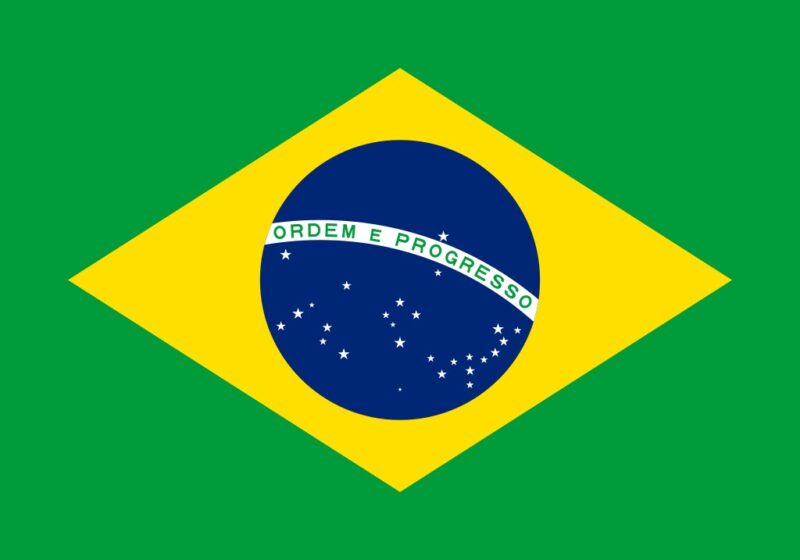• Air pollution impacts are spreading due to wildfires in the Amazon and São Paulo state.
• On August 25, the Brazilian Ministry of Health released guidelines to protect against air pollution caused by wildfires.
• It is recommended to monitor air pollution conditions through news and other sources and to follow these measures while high alert levels persist:
• Avoid unnecessary outings and refrain from exercising outdoors.
• Wear masks when going outside.
• Stay hydrated.
• Keep doors and windows closed indoors, and use air purifiers or air conditioning.
1 Websites and apps that publish air pollution indicators, such as PM2.5 (see the Brazilian Ministry of Health’s publication below), can be useful.

2 Ordinary masks cannot completely prevent the inhalation of pollutants like PM2.5, but they can reduce exposure. Medical (N95) or industrial (DS1) dust masks are more effective but require correct usage.
(Brazilian Ministry of Health’s page)

Summary
Guidelines to Avoid Exposure to Intense Smoke and Fog from Fires
The Ministry of Health sends a “Fire Report” weekly to states and federal districts, containing guidelines and recommendations for avoiding exposure to intense smoke and fog from wildfires. Monitoring of areas affected by biomass burning falls under the Ministry’s environmental health and air quality surveillance (VigiAr) and the National Situation Room for Climate Emergencies in Health.
In addition to firefighting efforts, guiding residents on how to avoid exposure to pollutants and protect themselves is essential.
The Ministry recommends the following guidelines:
• Increase water and fluid intake to keep respiratory membranes moist and better protected.
• Stay indoors with good ventilation, using air conditioning or air purifiers to minimize time exposed to outdoor air.
• Keep doors and windows closed during high particle concentration times to reduce the entry of external pollutants.
• Avoid exercise during times of high air pollution or between noon and 4 p.m. when ozone levels are highest.
• Using surgical masks, cloth masks, scarves, or bandanas can reduce exposure to coarse particles, especially for those living near sources of smoke (e.g., bonfires), and improve upper respiratory discomfort. N95, PFF2, or P100 respirators are sufficient to reduce inhalation of fine particles for all residents.
• Special attention should be given to children under 5, elderly people over 60, and pregnant women, who should follow the recommendations carefully and seek medical attention for respiratory symptoms or other health issues as soon as possible.
For those with heart, respiratory, or immune issues:
• Consult with a doctor and update treatment plans.
• Keep prescribed medications and supplies on hand for acute crises.
• Seek medical attention if critical symptoms arise.
• Assess the need and safety of temporarily leaving areas affected by the fires.





Comment